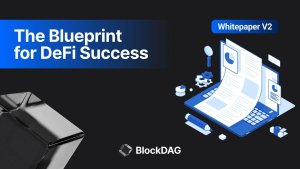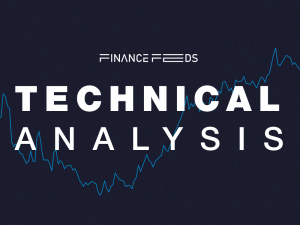Bank of England official forecasts development of “cyborg supervision”
Advanced analytics are opening a wide range of new possibilities for supervision of banks, but machines are still unable to fully replicate human cognition, says James Proudman, Executive Director for UK Deposit Takers Supervision.

James Proudman, Executive Director for UK Deposit Takers Supervision at the Bank of England, expects the development of “cyborg supervision”, as machine learning and advanced analytics offer a wide range of opportunities for regulators but algorithms and new technologies are still unable to fully replace human judgement.
Banking supervisors need to adapt to technology too, Mr Proudman argues. All aspects of supervision, including rule-setting and reporting, analysis and monitoring, as well as setting and communicating a supervisory strategy to mitigate identified risks are amenable to automation, machine learning or artificial intelligence to some extent.
With respect to rule setting, for instance, a project is underway to use advanced analytics to understand the complexity of the PRA rulebook. The regulator hopes to use the results to identify ways to simplify its rules to make them easier to comply with. The PRA can quantify the interconnectedness of different parts of the rulebook using the PageRank algorithm, the same algorithm used by Google’s search engine. A higher score implies greater connectivity of a particular part to other parts. Happily, most parts of the rulebook are self-contained and ‘structurally simple’. Looking further into the future, a bigger win might be to automate the rulebook entirely.
Another solution offered by new technologies that may simplify the supervision process aims to make the data reporting process better tailored to the needs of supervisors. Digital regulatory reporting (DRR) is the automation of regulatory data collection, and could potentially lead to significant improvements in both the cost and timeliness of data. The idea is based on machine readable reporting requirements that firms’ systems could automatically interpret and satisfy via a secure regulator-firm digital link.
The Financial Conduct Authority and Bank of England are currently undertaking a DRR pilot with participants from a number of regulated firms. Mr Proudman notes that it is too early to say what the outcome of this early pilot will be, but initial findings suggest it is feasible.
Advances in machine learning are also helping the PRA to analyse the letters it writes to firms on the key risks they face and its supervisory strategy. The PRA quantified a number of qualitative features of these letters, for example, how blunt the regulator is in its messaging, how personal it is in terms of to whom it addresses the letter, and the overall sentiment expressed by the letter. The PRA then used a machine learning model called random forests to detect whether, for instance, the PRA writes to firms differently than the prior regulator, the FSA. (It turns out that it does.)
On the back of that project, the PRA has built an app that now enables supervisors to analyse their written communications. Supervisors can use the app to analyse any of their draft documents before they are sent to firms.
Regarding how far AI may go with regard to complex judgements, Mr Proudman says this is a matter of debate. “It seems to me to be highly unlikely in the foreseeable future”, he adds.









